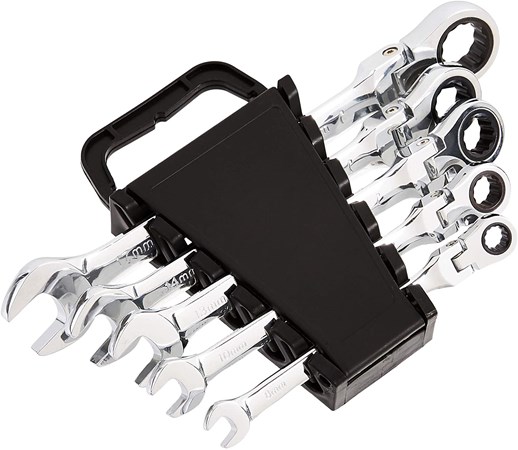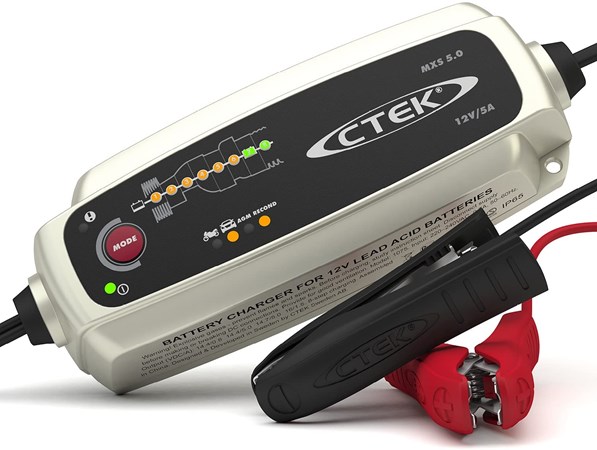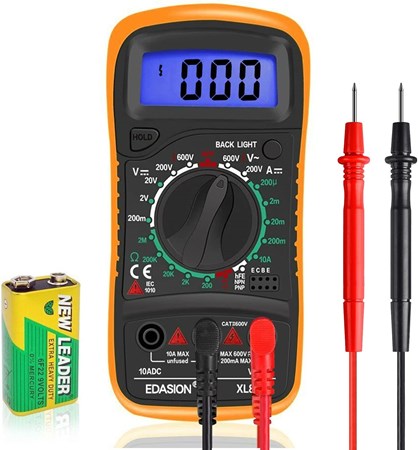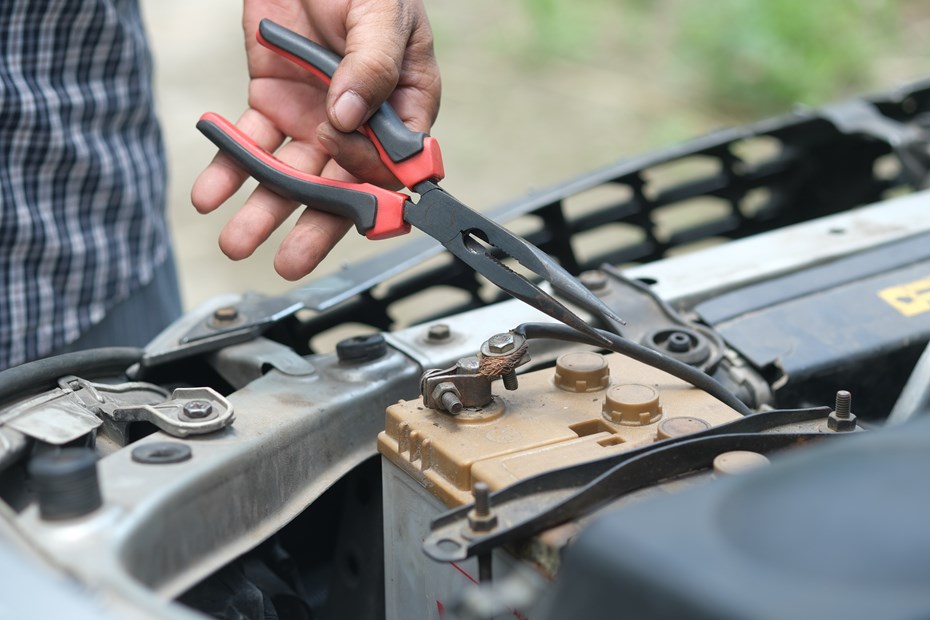Has your car battery died? It’s one of life’s most peeving inevitabilities. Lights may have been left, the battery could’ve leaked or perhaps its service life had just come to an end. No matter what the reason, rotating your car’s ignition key to the sweet sound of nowt-all will elicit the same inescapable reaction – rage. In this instance, even the world’s best battery charger won’t be enough, what you need is a new battery.
Having said that, replacing a battery is a breeze. It may first seem a bit daunting to the mechanically illiterate, but battery replacement is a simple DIY requirement of car maintenance, so why not save yourself a few quid and do it at home?
To make it easier, we’ve put together a short guide on how to remove your car battery, the kit you’ll need and what to do next.
Ogrifox

Price: £12.98 | VIEW OFFER
When handling a car battery, even when dead, it’s important to keep in mind the materials you’re dealing with. A malfunctioning battery could be the result of leaking sulfuric acid – coupled with potential lead exposure and you’ve got yourself a potentially dangerous object.
While 12 volts is relatively harmless if made contact with your outer skin layer, exposure to lower layers of skin could result in serious injury. Protect yourself by buying a set of gloves, such as these mechanic’s gloves from Ogrifox.
DeWalt Glasses

Price: £2.75 | VIEW OFFER
If you’re protecting your hands, why not protect your eyes, too? Removing batteries can lead to substances being flicked into the air with potentially disastrous consequences. Protect your eyes with these cheap DeWalt safety glasses.
Amazon Basics Spanner

Price: £18.27 | VIEW OFFER
Many of the components that contain the battery, including the hold-down clamp and the terminal clasps, are nut fastened and therefore removable with a spanner or wrench. Since battery housings are tight environments in an engine bay, we would recommend a small spanner to achieve the best results. This small kit from Amazon Basics offers an affordable solution.
Once you have the kit you need, remove your car battery by following this simple process:
Before starting, ensure that the engine is off and the key has been taken out of the ignition.
One: Remove the hold-down bar – Your car may have a bar securing the battery in place. With a small spanner, remove the nut and release the bar.
Two: When taking the battery out, disconnect the negative terminal clamp first – this will require a spanner to complete.
Three: Once this is complete, disconnect the positive terminal clamp.
Four: Pull up on the battery handle to remove the battery.
Five: Once you have the battery out, make sure it’s placed and stored in a dry environment to avoid corrosion or other damage.
Next Steps
The next step largely depends on what your battery issue is. If the battery has reached the end of its service life, it’s time to buy a new one.
Sometimes car batteries can be recycled which is, of course, the more environmentally friendly option. Take your car battery down to your dealership or whichever establishment it was bought from and enquire about a new one. The vendor may accept your battery and recycle it to be used again.
If your battery isn’t dead but just needs a recharge, a home battery charger will do. These gadgets will juice your battery up again while restoring and reconditioning it in the process. A smart charger will charge your battery in a multi-stage cycle for safety and the maintenance of your battery. Smart chargers will also automatically stop charging once the battery has reached full capacity – indicated with a green light – switching to a trickle charge mode just to keep it topped up.
CTEK Battery Charger

Price: £69.50 | VIEW OFFER
This example from trusted supplier CTEK is one of the best on the market, with intelligent capabilities in a compact and safe design. Complete with connecting leads, this charger is available for under £71.
If you’ve decided to pick up a new battery, they usually come about 75% charged, but you can check on the remaining battery life with one of several gadgets.
Edasion Multimeter

Price: £10.99 | VIEW OFFER
This digital multimeter offers a range of different test functions, including AC/DC voltage, DC Current, Resistance, Continuity and Battery Check – all for under £11.
If your battery is charged and ready to go again, follow this simple guide to re-apply.
One: First, replace the battery in its designated bay and re-attach the hold-down bar using a spanner to tighten the nut.
Two: It is advised to smear the battery terminals in petroleum jelly at this point to defend against corrosion – not necessary, but won’t hurt.
Three: Reapply the terminal clamps in the opposite order to which you took them off – attach the positive terminal first and then the negative terminal.
Four: Attempt ignition again and if your car starts up, your battery is charged and you’re ready to go.
Sign up to the Parkers Newsletter to keep up to date with more of the latest reviews, news, and recommendations from the Parkers team.
Just so you know, whilst we may receive a commission or other compensation from the links on this page, we never allow this to influence product selections – read why you should trust us.















